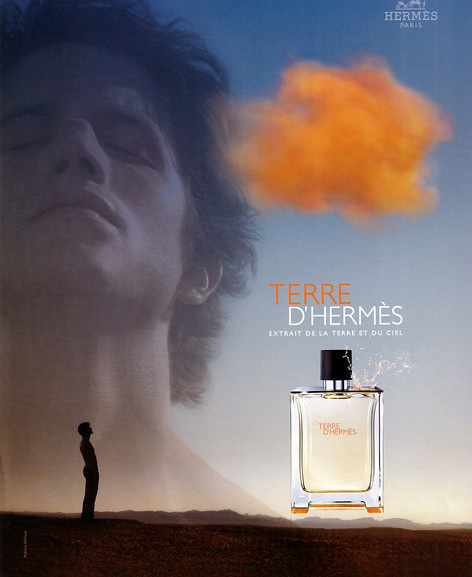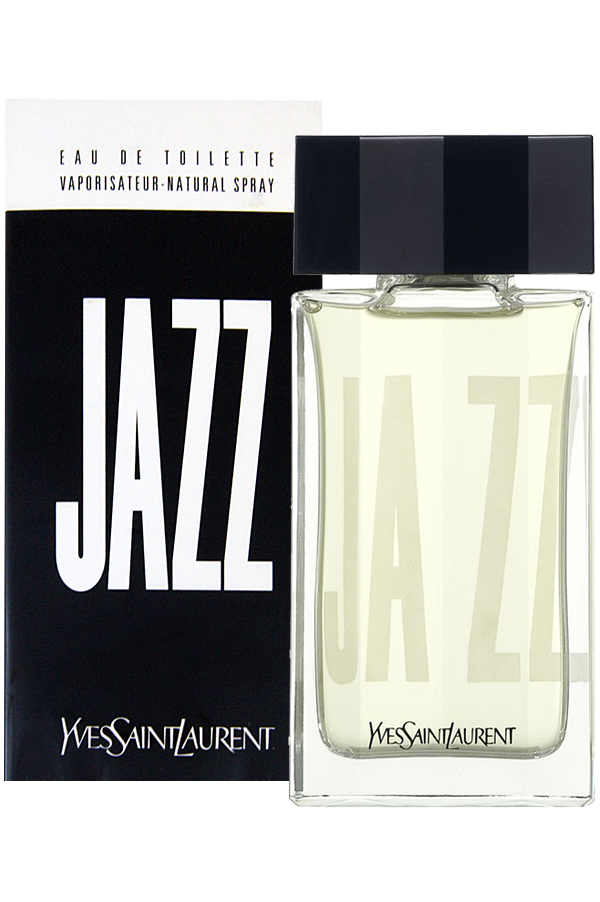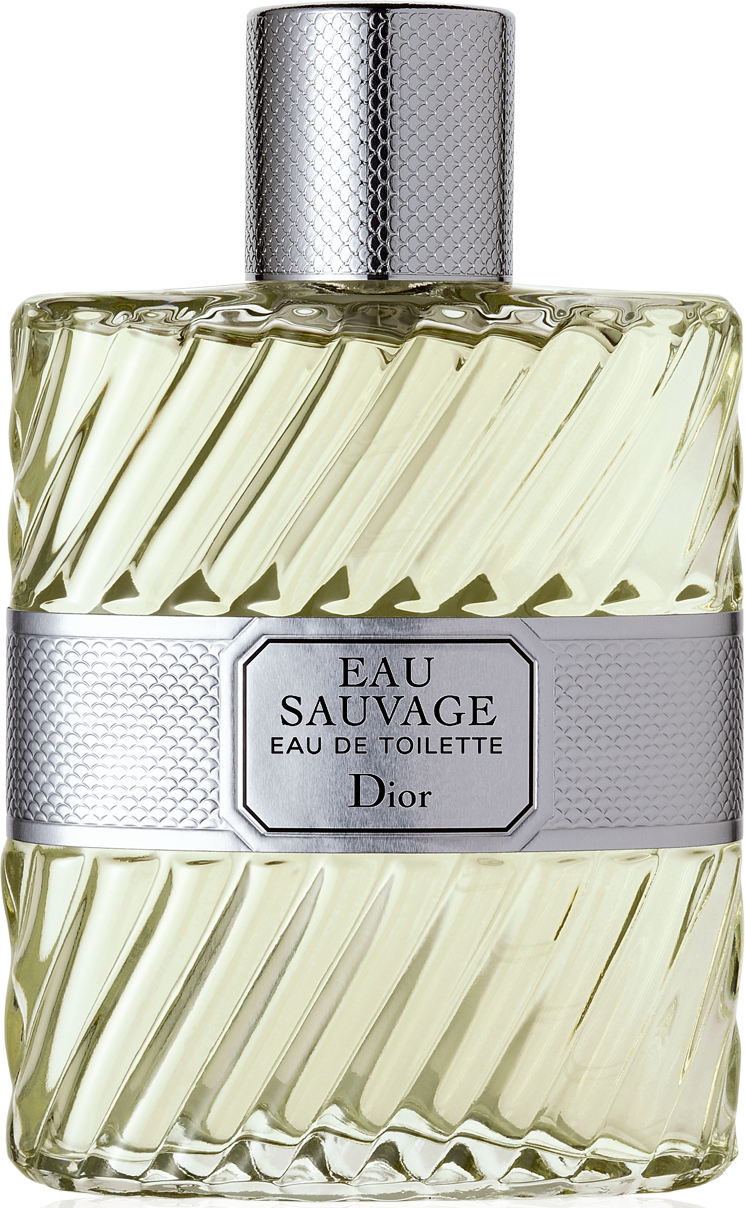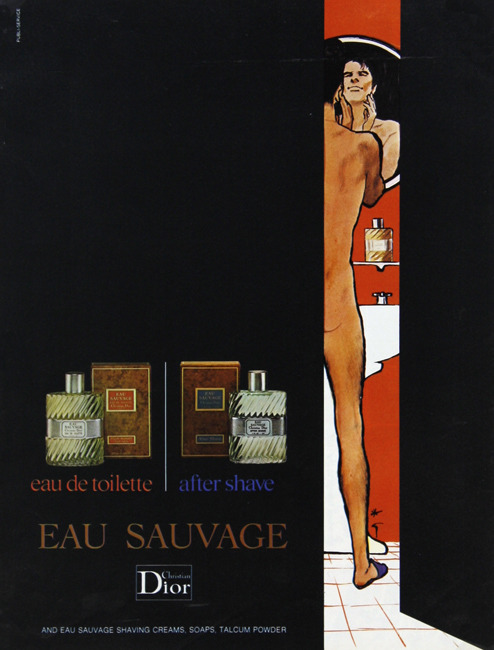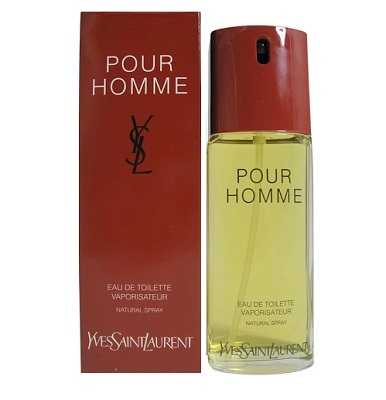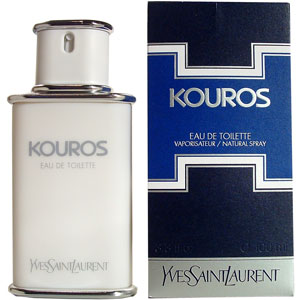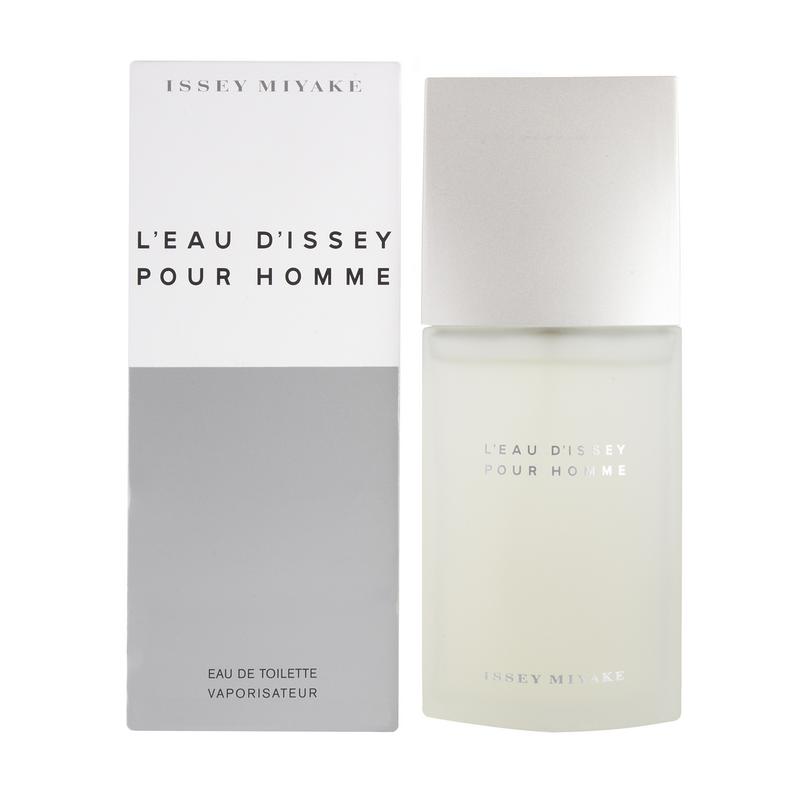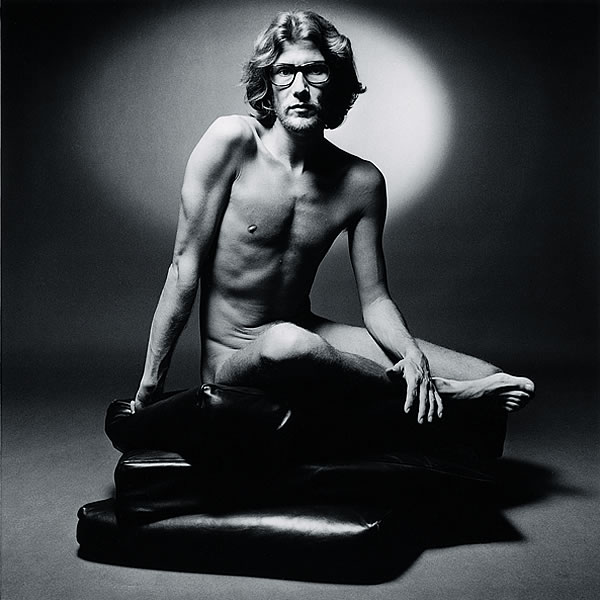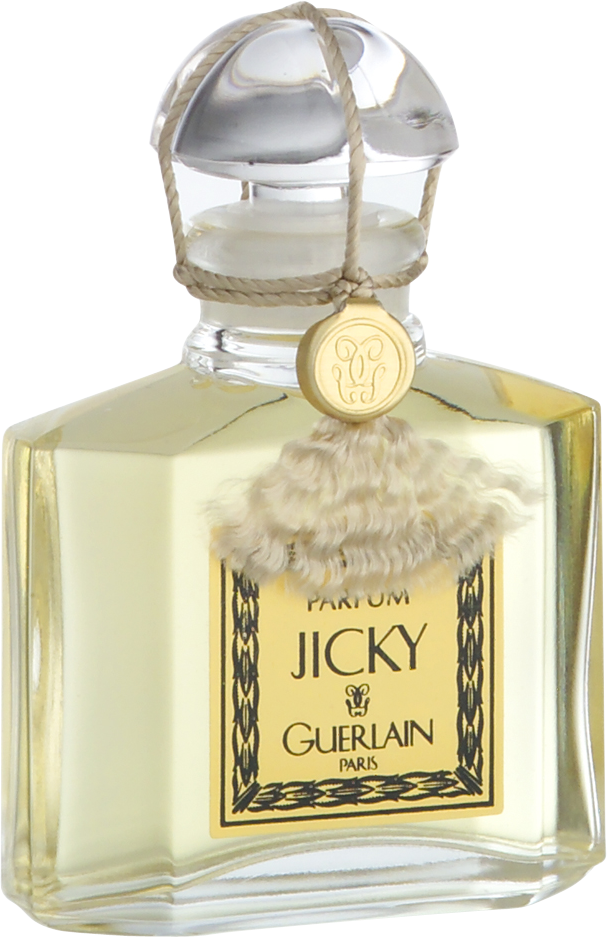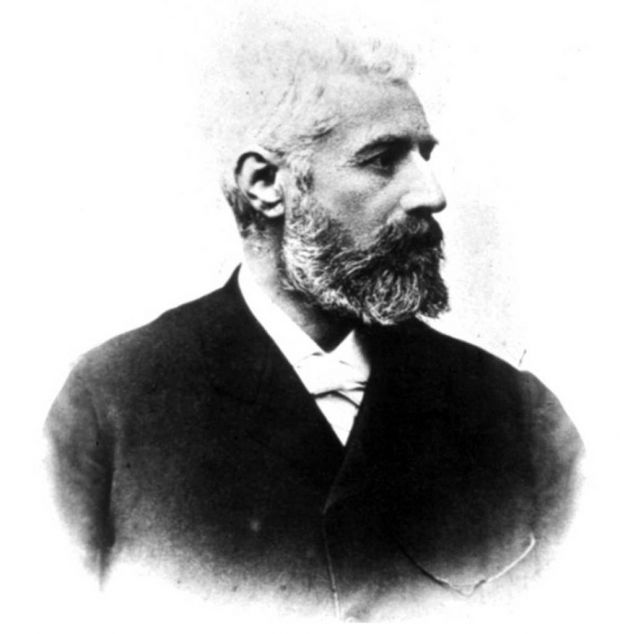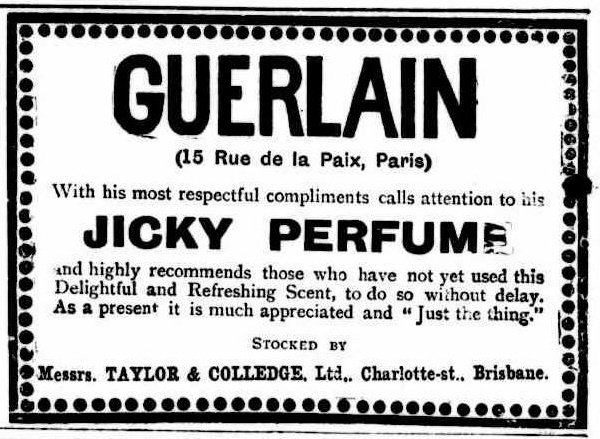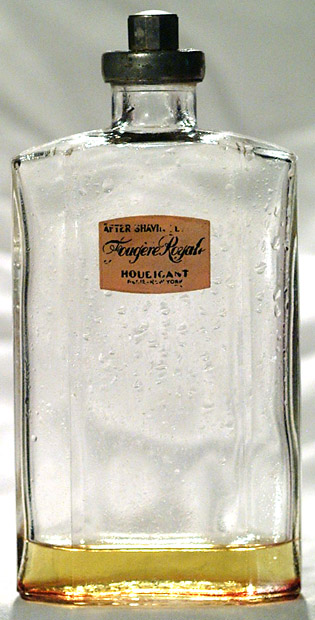December 31, 2010
By Clayton Ilolahia
Olfactory Time Travel
Disclaimer: The views and opinions expressed herein are solely those of the author and/or guest contributors and do not necessarily state or reflect those of The Perfume Magazine LLC, Raphaella Brescia Barkley or Mark David Boberick.
All content included on this site, such as text, graphics, logos, icons, videos and images is the property of The Perfume Magazine, LLC. or its content suppliers and protected by United States and international copyright laws. The compilation of all content on this site is the exclusive property of The Perfume Magazine, LLC. and protected by U.S. and international copyright laws.
The Perfume Magazine.com is solely owned and operated by Raphaella Barkley Raphaella Barkley; Editor, Founder and Owner of The Perfume Magazine LLC.
The Perfume Magazine Forums, The Perfume Magazine.com, The Perfume Magazine FaceBook,The Perfume Magazine Twitter, and Sniffapalooza Magazine.com, as well as all The Perfume Magazine Social Media, is also solely owned and operated by Raphaella Barkley and The Perfume Magazine LLC.
THE PERFUME MAGAZINE LOGO & BANNER
Perfume Magazine Brand Consultant: Tim Girvin
Our logo was created by GIRVIN | Strategic Branding, based in Seattle, NYC, and Tokyo. This is a specially built font that their design team created exclusively for Perfume Magazine. It is a custom cutting, redrawn and founded on a type design originated in 1798 by Giambattista Bodoni, drawn from the archives of Firmin Didot, an exemplar of luxurious design principles for hundreds of years. GIRVIN's team built the "fume" trail, as well as composited the arrangement of the bottles as part of the branding strategy.
The Perfume Magazine Banner was designed exclusively by GIRVIN and is the property of The Perfume Magazine, LLC.
All images appearing in the banner are registered trademarks of their respected company and are used with permission.
Creed Bottle image in The Perfume Magazine Banner is a registered trademark of Creed and used with permission.
Fracas Bottle image in The Perfume Magazine Banner is a registered trademark of Robert Piquet and used with permission.
The logo and banner are property of The Perfume Magazine, LLC. and are protected by U.S.and international copyright laws.
© Copyright. 2012. All Rights Reserved. The Perfume Magazine LLC 2012
What is the best perfume ever created for men? This is the inevitable question I am asked when meeting someone for the first time and my love of perfume becomes a topic of conversation. The question comes in many forms; sometimes I am asked if I could only wear one perfume for the rest of my life what would it be? What is my favourite perfume or what perfume could I not live without? I’m not fond of giving a direct answer because there is an underlying presumption that men and women should be monogamous with perfume. Sure there is room for the odd affair but generally divorce only occurs once the end of a bottle is reached; perfume promiscuity is uncommon amongst men.
My standard response is to say I enjoy all flavours of ice cream and how dull would life be if I only allowed myself to enjoy vanilla? By posing this question I manage to bypass their presumption and the conversation grows legs. They say you always remember your first love and for me this love was Yves Saint Laurent’s Jazz, a perfume that moved me in ways my vocabulary at the time was not equipped to describe. It was the late 1980s and I was barely 13 years old. I had no interest in wearing cologne because at that age my main concern was for the school bus to run on schedule so I was home in time to watch my favourite TV show. The way I started appreciating perfume was during weekend shopping excursions with my mother. I would go to the perfume counter of our local department store, spray Jazz on a tester card and place it in my jean pocket. I collected these cards and I kept a box of them in my bedroom. In this way I explored the entire Yves Saint Laurent men’s collection from the animalic Kouros to the herbaceous Pour Homme. In my head I can still picture the black and white tester cards that belonged to Jazz and the silver foiled letters printed against a soft white background that spelt Kouros. Three years later my pocket money allowed Pour Homme to become my first perfume purchase and from that point perfume had found its home on my skin.
I began collecting perfume on the simple premise that if I liked it I should buy it. The more I wore a fragrance, the more it began to lose its own identify, or the identity it was given by a marketing team until gradually it became part of my own identity. As time went on and my collection grew, I began to see an evolution in the way I viewed life through the perfumes I had worn.
By the late 1990s I approached the new millennium with a clear mind, I retired my bottle of Jazz and the perfumes I chose to wear for that period were breezy and fresh; Issey Miyake’s L’Eau d’Issey Pour Homme and two Kenzo men’s perfumes became my muses. The following decade I shunned all that was mainstream in search of the unconventional as I too wanted to be unconventional; Frederic Malle and Diptyque were my heroes.
Today I am less concerned about whether a perfume or cologne comes from a small independent house or a multinational brand, I simply want quality and integrity. Just as I can experience my own life journey through perfume, the stories of other men can be told through the perfumes they choose to wear and this transcends both time and place.
This anthropological scent adventure begins in late 19th century Paris, the birthplace of modern perfumery. La Belle Époque was an era of French history that was ruled by Parisian aristocracy. Men were dandified and they lived by a strict moral code. Beauty and culture were valued, perfumes were simple and ‘good taste’ dictated what was acceptable; this was often a light eau de cologne or subtly scented floral water. Amidst La Belle Époque, Europe was again in a state of cultural metamorphosis and a modern era seemed increasingly unavoidable.
In art, the Impressionist painters rebelled against their academic critics and in architecture; Paris opened the Eiffel Tower to the world, a fruit of the Industrial Revolution. Science enriched the perfumer’s creative palette with new synthetic materials that chemists had succeeded in isolating from their natural origins. These were some of the catalysts behind Aimé Guerlain’s creation of Jicky in 1889, a perfume that was acutely modern for its time. Unlike the preceding floral bouquets of the period, Jicky broke the confines of nature with its reliance on newly discovered materials. Vanillin and coumarin enabled Aimé Guerlain to abstract the natural elements of his composition and this paved the way for a new era in creative perfumery.
More than a century later it is easy to feel complacent in Jicky’s presence, underestimating its historic importance and its influence on contemporary men’s perfume. Like an old black and white film that is charming to watch but unable to offer today’s viewer any element of surprise because we have seen it all before, it is easy to forget that today’s perfumers have built their knowledge on those that have come before them, and those before them did the same.
Eventually the trail leads back to Jicky, particularly when speaking of Fern or Fougere perfumes of which Jicky is a parent. It is a perfume family that owes its name to Houbigant’s Fougere Royale created 7 years before Jicky. Paul Parquet was the first perfumer to incorporate this accord of lavender, coumarin and oakmoss into a composition and it was to become one of the 20th century’s most important accords in men’s perfume. Just as cinema moved from black and white to color and now 3D, perfumers have utilized creativity and new technologies to accomplish the sublime. Still, even with the bar of innovation constantly being reset higher, the quality of balance and beauty seen in Aimé Guerlain’s Jicky is to this day hard to supersede.
Almost 80 years after Guerlain introduced Jicky to the world, Christian Dior launched Eau Sauvage, another landmark in men’s perfumery. Like cinema, perfume was a Technicolor experience by 1966. Eau Sauvage radiated with vibrant citrus tones and aromatic notes reminiscent of a classic eau de cologne. As these lighter notes evaporated a base of mossy woods revealed a mood of masculine elegance. The surprise of Eau Sauvage and the innovation of master perfumer, Edmond Roudnitska came from the way he carried the wearer from the start of the perfume to its end. He famously did this with the help of an innovative material created in the research laboratories of Firmenich. The material was called Hedione, from the Greek ‘hedone’ meaning pleasure. And pleasure it gave as it created a transparent jasmine-laced bridge between an orchard of citrus fruit and a forest of moss covered trees.
Eau Sauvage’s elegance was undeniable. Artist and fashion illustrator René Gruau captured this style in his portraits commissioned by Christian Dior to accompany the perfume’s advertising. Throughout the 1960s and 70s the definition of masculinity evolved and Gruau’s bold illustrations of male nudes using Roudnitska’s innovative scent revolutionized the male image. At the same time Yves Saint Laurent himself posed nude for an ad campaign that accompanied my first perfume purchase, the aromatic fougere, Pour Homme.
And what of today’s classics? If I return to the start of this article and the question I am often asked; if its more than just small talk and he is genuinely seeking advice, his question warrants an answer that helps him identify a perfume that can speak to him.
For a contemporary man, 19th century French perfumery may not be his story, nor the 1960s or even the 1980s. Modern men are looking for versatility and functionality. Gone are the days when men wore three-piece suits to the office or they changed into an evening suit for dinner.
Today’s maxim is ‘bleisure’ and men want simple yet powerful lifestyle accessories that transverse the line between business and leisure, day and night. A man’s wardrobe succeeds when an item such as a blazer or jacket can serve him through a number of activities, both formal and informal and even better if it is wearable in more than one climate. So what is the perfume equivalent? I often recommend Terre d’Hermes to men looking for this kind of versatility. Created for Hermes in 2006, master perfumer Jean-Claude Ellena compares his composition to a Japanese Haiku; his restrained use of raw materials is both simple yet highly communicative. It’s apparent simplicity is its greatest complexity. Terre d’Hermes offers a transparency that allows its wearer’s own personality to shine through, unlike my beloved aromatic fougeres of the 1980s, which worked to cloak a man in an artificial veil of masculinity.
Disclaimer: The views and opinions expressed herein are solely those of the author and/or guest contributors and do not necessarily state or reflect those of The Perfume Magazine LLC, Raphaella Brescia Barkley or Mark David Boberick.
All content included on this site, such as text, graphics, logos, icons, videos and images is the property of The Perfume Magazine, LLC. or its content suppliers and protected by United States and international copyright laws. The compilation of all content on this site is the exclusive property of The Perfume Magazine, LLC. and protected by U.S. and international copyright laws.
The Perfume Magazine.com is solely owned and operated by Raphaella Barkley Raphaella Barkley; Editor, Founder and Owner of The Perfume Magazine LLC.
The Perfume Magazine Forums, The Perfume Magazine.com, The Perfume Magazine FaceBook,The Perfume Magazine Twitter, and Sniffapalooza Magazine.com, as well as all The Perfume Magazine Social Media, is also solely owned and operated by Raphaella Barkley and The Perfume Magazine LLC.
THE PERFUME MAGAZINE LOGO & BANNER
Perfume Magazine Brand Consultant: Tim Girvin
Our logo was created by GIRVIN | Strategic Branding, based in Seattle, NYC, and Tokyo. This is a specially built font that their design team created exclusively for Perfume Magazine. It is a custom cutting, redrawn and founded on a type design originated in 1798 by Giambattista Bodoni, drawn from the archives of Firmin Didot, an exemplar of luxurious design principles for hundreds of years. GIRVIN's team built the "fume" trail, as well as composited the arrangement of the bottles as part of the branding strategy.
The Perfume Magazine Banner was designed exclusively by GIRVIN and is the property of The Perfume Magazine, LLC.
All images appearing in the banner are registered trademarks of their respected company and are used with permission.
Creed Bottle image in The Perfume Magazine Banner is a registered trademark of Creed and used with permission.
Fracas Bottle image in The Perfume Magazine Banner is a registered trademark of Robert Piquet and used with permission.
The logo and banner are property of The Perfume Magazine, LLC. and are protected by U.S.and international copyright laws.
© Copyright. 2012. All Rights Reserved. The Perfume Magazine LLC 2012
The new age man has worked hard to become capable of sharing his emotions openly and there is value in perfume that does not interfere with his ability to do this. It is a beautiful harmony that has gained popularity amongst a broad demographic. I smell Terre d’Hermes on men of all ages around the world, from the fashionable rue Saint-Honoré in Paris, to the busy commuter streets of Sydney, Australia. I have male work colleagues who wear it, I often smell it in the locker room at the gym, I smell it in the streets when the sun is at its highest and in bars long after the sun has set. It is one of those rare moments when a perfumer orchestrates something that feels intrinsically part of who you are at that point in time. I wonder if Parisian men of the 1890s felt the same way about Jicky as did men of the 1960s with Eau Sauvage? And what might men say one hundred years from now about Terre d’Hermes? Even though I cannot understand the minds of men who lived one hundred years before me, perfume is such a unique medium that allows the mind to travel, to imagine, and to connect with both past present and future. Perfume is the perfect beacon for time travel and as my collection grows I add new locations or possibilities to visit with this imaginary time machine.
"The new age man has worked hard to become capable of sharing his emotions openly and there is value in perfume that does not interfere with his ability to do this".
CLAYTON ILOLAHIA | CONTRIBUTOR
Director of Men's Fragrances
Clayton currently works in the management of training and development for the luxury retail sector and has worked with brands such as Louis Vuitton, Ralph Lauren, Gucci and Cartier. A resident of Sydney, Australia, he was born in New Zealand and considers travel one of life’s real luxuries. A perfume collector, Clayton decided to combine his love of perfume and travel in a blog entitled What Men Should Smell Like, where he writes about men’s fragrances encountered on his travels around the world. “I graduated university with a degree in Visual Arts.
For Clayton, perfume is an extension of this study and allows the exploration of creative ideas through the sense of smell."

